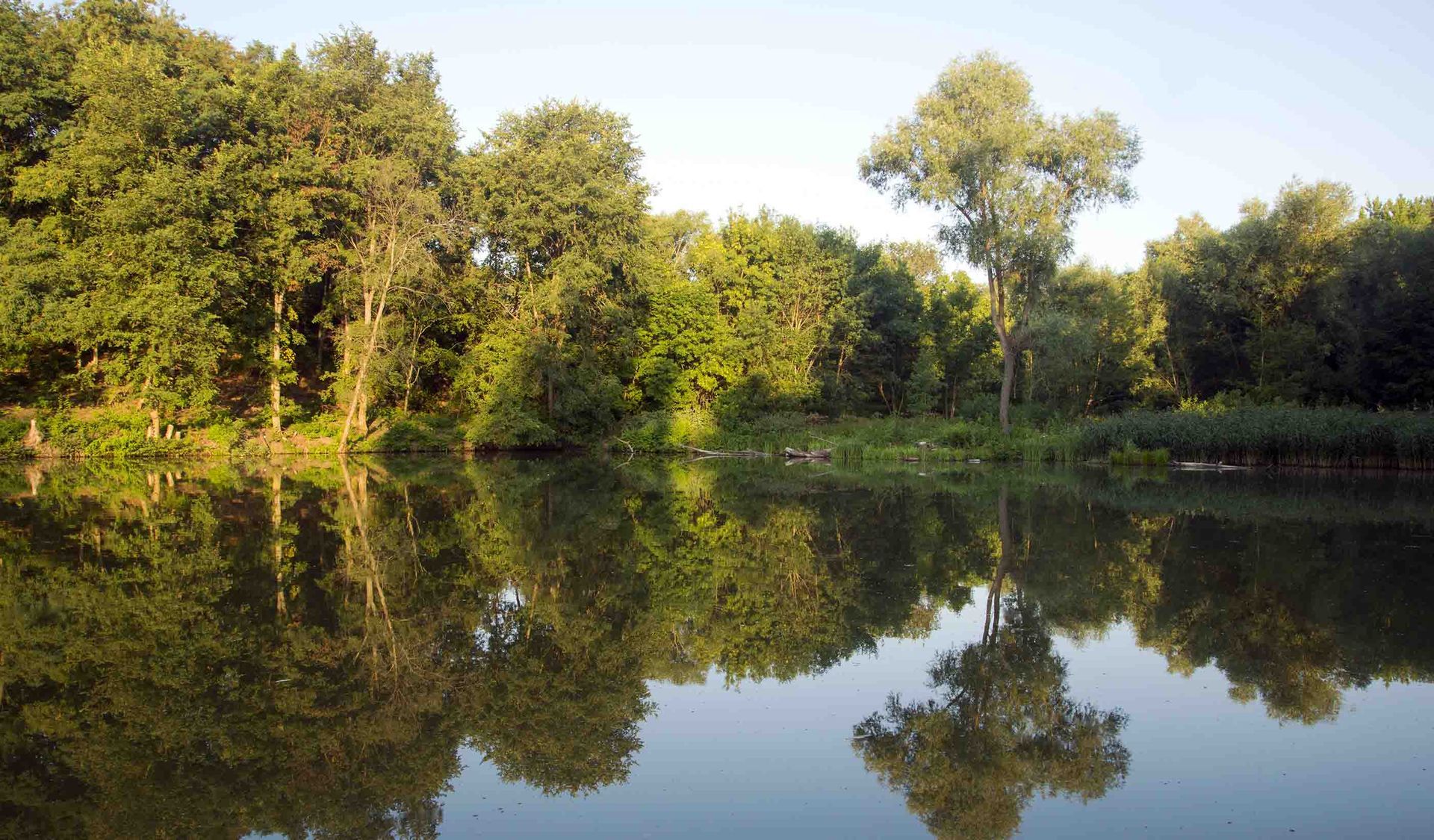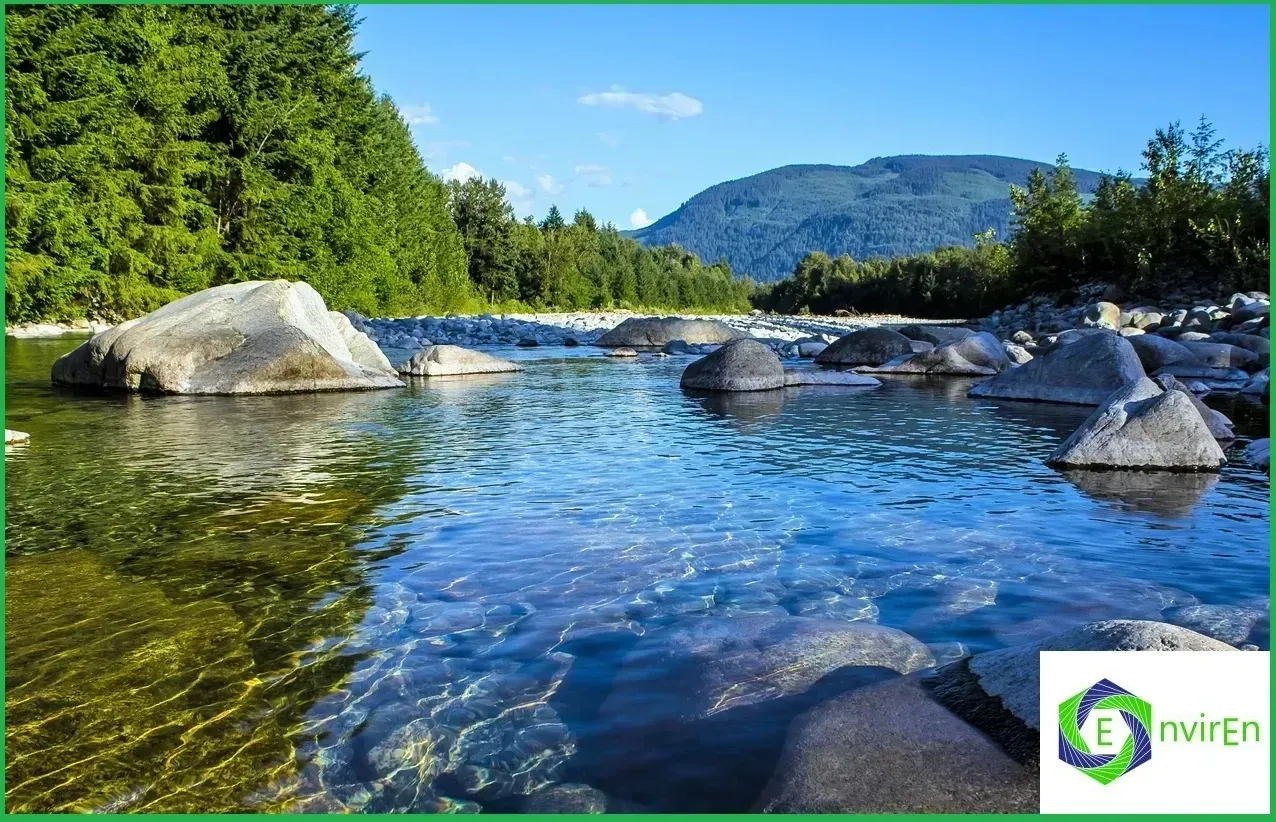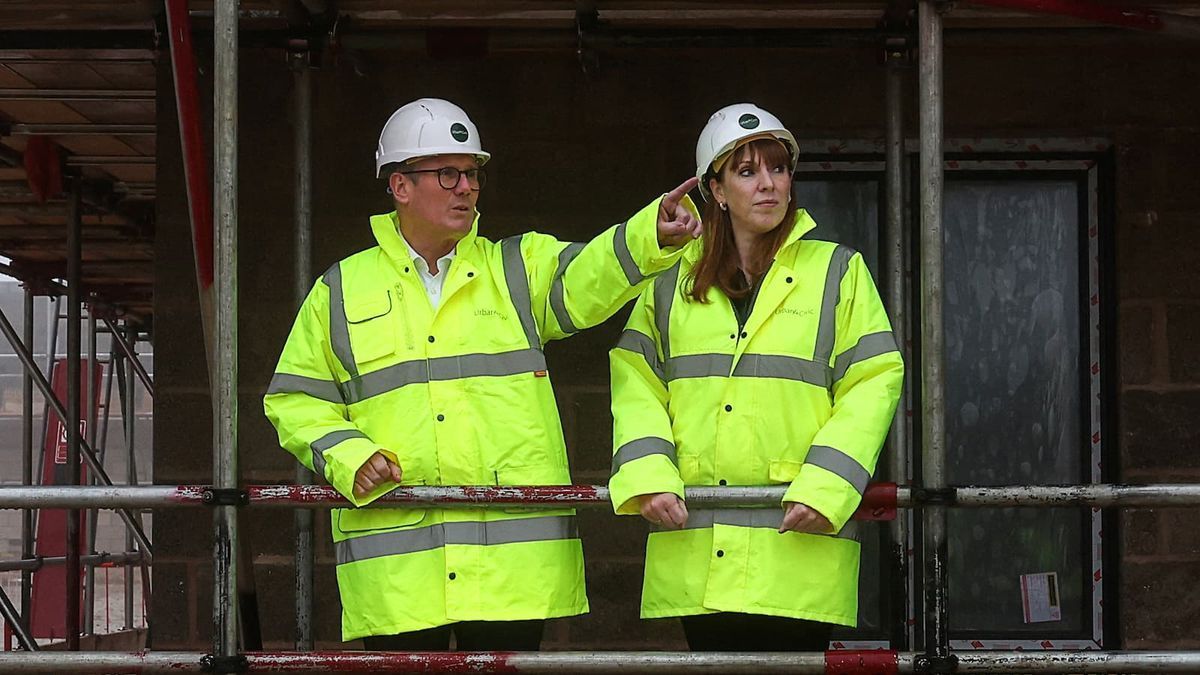Nutrient Neutrality - The Wider Impact


The quality of our rivers and water resources has become a key political issue amid wider environmental concerns on how we as a species interact with the wider environment and our planet.
It is often tempting to take the path of least resistance, to continue on an established route with little consideration to the wider consequences. But, after some time, that ignorance, that neglect begins to creep up on you and can lead to disaster. The UK is finding itself in the middle of such a disaster. In 2022, a House of Commons Committee report found that only 14% of UK rivers had a "good" ecological status. Of the near 1,500 rivers in the UK, only 2 rivers are designated as "Bathing waters" and both are currently too polluted to use. Combined Sewer Overflows (CSOs) are periodically discharging untreated sewage into our watercourses and much of the infrastructure is outdated and not appropriate for this day and age.
We are all largely aware of these issues, especially industry leaders and politicians in office, yet as a society we largely respond in lukewarm vexation. Owing to nutrient neutrality, water quality has suddenly become central focus for many local authorities, developers, planners, water authorities and consultants, who have been forced to truly consider the impact of proposed development.
As a result of nutrient neutrality there are wider social and environmental benefits. Through the issue of CIRIA C808 an accompanying benchmark has been established to the best practice SuDS design principles outlined in CIRIA C753, with a focus on how phosphorus is treated by SuDS, something in the past that barely received a mention in the SuDS manual. What's more the dust has been blown off CIRIA C609 for nitrogen removal efficiencies. This has resulted in SuDS schemes that willingly incorporate best practice, embracing source control elements, considering interception and introducing intermediary conveyance based SuDS, rather than simple pipe-to-pond systems. Also there is appetite for the detailed design of treatment components to maximise biological precipitation and denitrification. This aligns well with the enactment of Schedule 3 of the Flood and Water Management Act 2010, which shall hopefully result in good, well considered SuDS being incorporated on all new development, securing true compliance with the classic 4 pillars; water quality, water quantity, amenity and biodiversity.
The consideration of nutrient neutrality has lead to developers actively seeking to remove surface water from the combined sewer network, something in the past which would largely not have been given a second thought without interventions from the water authority and updated government guidance. This would maximise the benefits achieved from developing brownfield sites.
Exciting solutions, which were previously not economically viable, are now becoming key considerations in drainage design strategies, such as grey-water recycling and rainwater harvesting, both to minimise water output. A more holistic approach to water is being adopted, not only at a catchment scale but at a site scale. Similarly, water efficiency has become a key focus and the construction sector is turning to existing housing stock to remedy extant inefficiencies.
In addition Sustainable Drainage Systems (SuDS), once something only considered for surface water, are now being adopted to treat foul water through secondary and tertiary cleansing, biofiltration and evapotranspiration, setting a new precedent on how we use and handle our waste. The inception of New Appointments and Variations (NAVs) allows developers to accelerate improvements to the water network and implement the highest levels of technology onsite.
There is also now financial incentive to replace polluting drainage infrastructure. The Environment Agency is cut back to the bone and cannot realistically enforce the need to change over septic tanks discharging to watercourses; however, owing to nutrient neutrality operators have the means and the drive to replace such systems, providing wider benefits to rivers and the environment, beyond just nutrients.
Finally, private credit marketplaces are coming forward, driven by incredible ambition and innovation, which are promising the rewilding and improvement of our water network through measures such as riparian buffer strips, wetland designs and the reestablishment of lost drainage networks.
What more innovations are to come from such a divisive and decisive issue? The adoption of evapotranspirative green roofs within catchments with combined sewers? A more cyclical approach to chemical dosing and the harvesting of vivianite for reuse? The use of algae based systems and low DO treatment to provide enhanced nutrient removal? The list of potential benefits is mind boggling and we appear to be only scratching the surface.
Therefore, the key question we need to ask ourselves is: although temporarily this is painful for many, will it be worth it?

Nutrient Credits & Septic Tank Upgrades
Creating value through environmental solutions - In partnership with National Rivers Consortium
Share
Recent Posts



